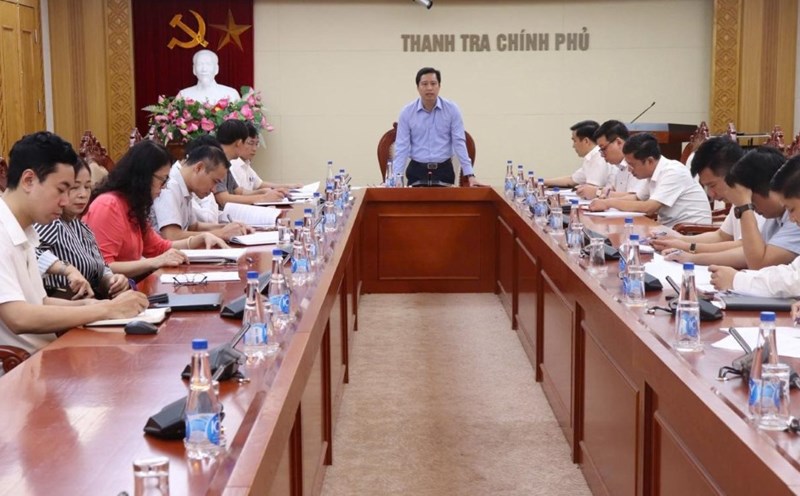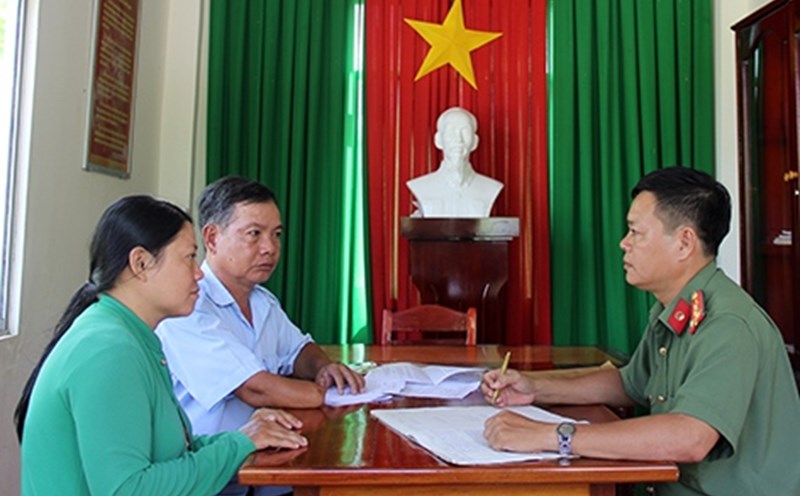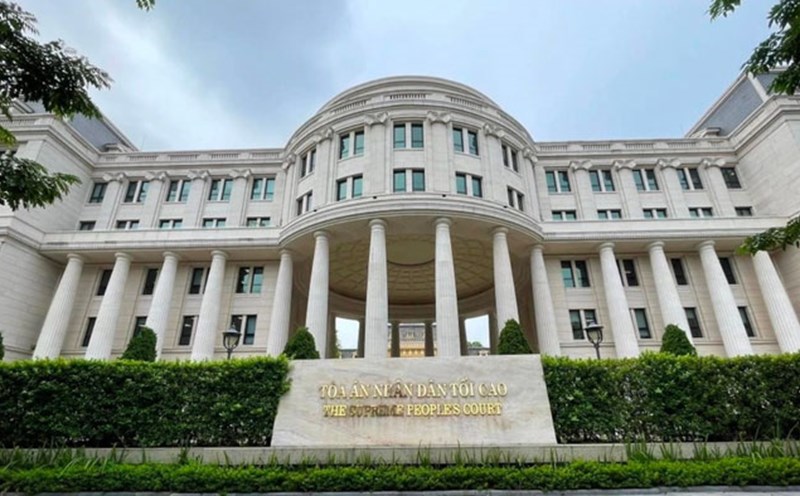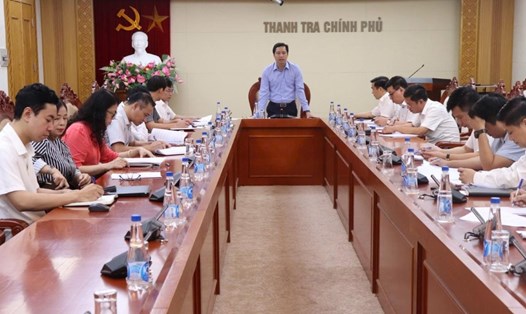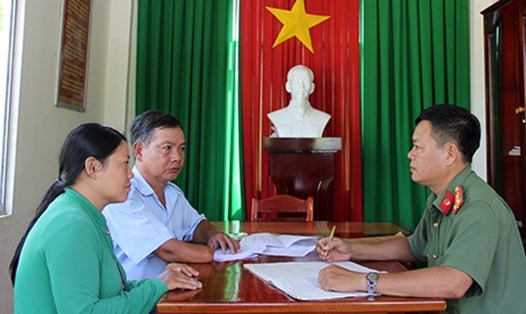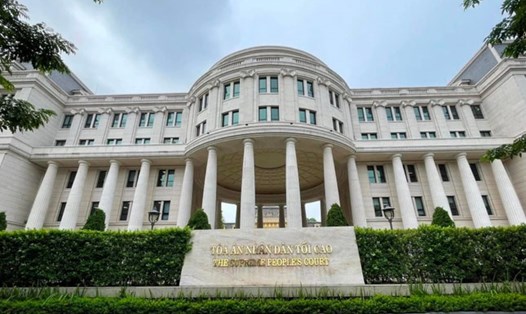Chief Justice of the Supreme People's Court Le Minh Tri has just signed a decision to issue an inspection plan for 2025.
The planned inspection subjects in 2025 include: Department of Inspection Director I, Supreme People's Court; Department of Inspection Director II, Supreme People's Court; High-level People's Court in Hanoi; High-level People's Court in Ho Chi Minh City; Hanoi People's Court and 4 district-level People's Court units in Hanoi.
In addition, in 2025, the Supreme People's Court will inspect the provincial People's Court and 2 district-level People's Courts of 10 provinces including Bac Ninh, Bac Giang, Quang Ninh, Phu Tho, Nghe An, Dak Lak, Lam Dong, Long An, Dong Nai and Kien Giang.
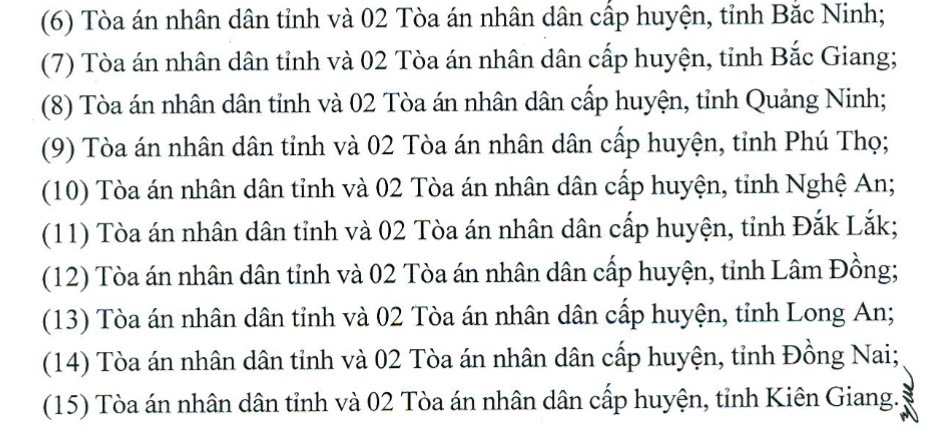
In addition to the planned inspection subjects, based on the practical situation, the Supreme People's Court will conduct surprise inspections and examinations at a number of People's Courts when there are signs of violations or according to the requirements of management tasks.
According to work requirements, the Chief Justice of the Supreme People's Court directs a number of People's Courts to conduct their own inspections and examinations and report the results to the Supreme People's Court (through inspection). The Supreme People's Court will review and evaluate the inspection results of lower courts and conduct re-inspections when deemed necessary.
The inspection plan signed by Chief Justice of the Supreme People's Court Le Minh Tri clearly states that the purpose of the inspection is to implement the policies, guidelines and regulations of the Party and State on inspection work; improve the efficiency and quality of inspection and examination work in the direction of linking public inspection with professional inspection.
Strengthening discipline in performing public duties and tasks; identifying inspection and examination as one of the important measures in management and operation of leaders.
Proactively detect violations by cadres and civil servants in the unit, especially acts of taking advantage of duties for corruption and negativity, which must be strictly handled to set an example. At the same time, proactively review, propose supplements and adjustments to inappropriate regulations for competent authorities to create conditions for cadres to feel secure in performing their duties; protect cadres who dare to think, dare to do, dare to take responsibility for the common good.
Through inspection and examination, it contributes to raising awareness and sense of responsibility of agencies, units, cadres and civil servants in complying with legal regulations; strictly implementing the code of conduct for cadres and civil servants in the court. From there, timely solutions are taken to overcome limitations and shortcomings to improve the quality and efficiency of work.
For the above purpose, the implementation of inspection and examination must have specific, clear content and outline, with focus and key points. It must not hinder the normal activities of the inspected subjects and related agencies, units and individuals.
"At the end of the inspection, there must be a report, a conclusion that is objective, comprehensive and public in accordance with the provisions of law. The purpose is for the inspected subjects and related units to overcome the consequences, handle violations (if any), and take measures to rectify, learn from experience, and improve work efficiency" - the inspection plan clearly states.

